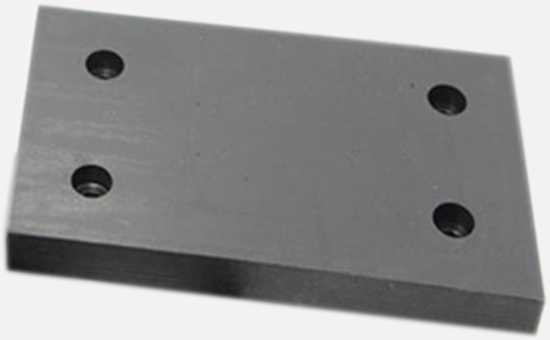
Natural rubber is a natural polymer compound with rubber hydrocarbon as the main component. The content of cis-1,4-polyisoprene is more than 90%. It has the characteristics of high mechanical strength, good elasticity, flex resistance, and electrical insulation. The rubber products industry has a wide range of applications. In actual production, vulcanizing agents suitable for natural rubber include sulfur, selenium, tellurium, sulfur donors, organic peroxides, esters, quinones, etc. When using natural rubber to produce different types of rubber products, different types of vulcanization systems are required.
1. Sulfur vulcanization system
In the production process of natural rubber products, sulfur vulcanization is the most common. According to the different addition ratios of sulfur and accelerator, sulfur vulcanization system can be divided into ordinary sulfur vulcanization system, semi-effective sulfur vulcanization system and effective sulfur vulcanization system.
(1) Ordinary sulfur vulcanization system
Ordinary sulfur vulcanization system is composed of high-volume sulfur and low-volume accelerator. It can also be called high-sulfur low-accelerating system. The vulcanization cross-linking bonds are mainly polysulfide bonds. After vulcanization, the natural rubber vulcanizate has high strength, good elasticity and high resistance. Grinding and low cost, but heat resistance 2YLYY518, poor aging resistance, and obvious vulcanization reverse. In actual production, due to the high degree of unsaturation of natural rubber, the amount of sulfur is generally more than that in synthetic rubber.
(2) Effective sulfur vulcanization system
There are two types of effective sulfur vulcanization systems: high-promoting and low-sulfur compounding, the amount of accelerator is 2-3 parts, and the amount of sulfur is less than 0.5 part; sulfur-free compounding, using sulfur donors for vulcanization. In actual production, the cross-linked bonds produced by the effective vulcanization system are dominated by single-sulfur bonds. Natural rubber vulcanizates have excellent heat resistance, and vulcanization reactions are unlikely to occur after over-sulfur. It should be noted that when using the accelerator TMTD alone, the operating safety is very low, and the vulcanized rubber is prone to scorching and blooming.
In actual production, the effective sulfur vulcanization system is suitable for high temperature vulcanization conditions without reversion of vulcanization, and is used for occasions with good high temperature resistance and aging resistance.
(3) Semi-effective sulfur vulcanization system
The semi-effective vulcanization system is composed of a medium amount of sulfur (1-1.7 parts) and an accelerator, and the crosslinking bond contains multiple sulfur bonds and single sulfur bonds. And disulfide bonds. The natural rubber vulcanizate vulcanized with a semi-effective sulfur vulcanization system is heat-resistant, fatigue-resistant, and is not easy to produce vulcanizate. The comprehensive performance of the vulcanizate is better.
Exclusive original article [commercial authorization] reprint, excerpt and excerpt in any form are prohibited without written authorization. Focus on Hongyun rubber: learn the process formula and raw material technology of producing rubber products from recycled rubber to help you reduce costs and increase profits